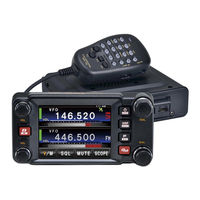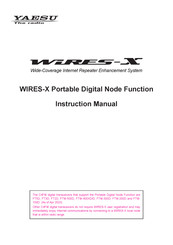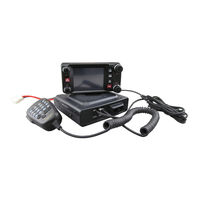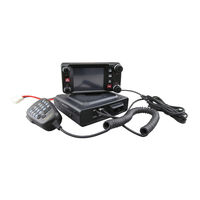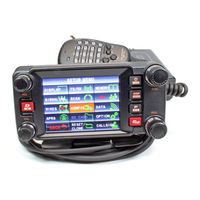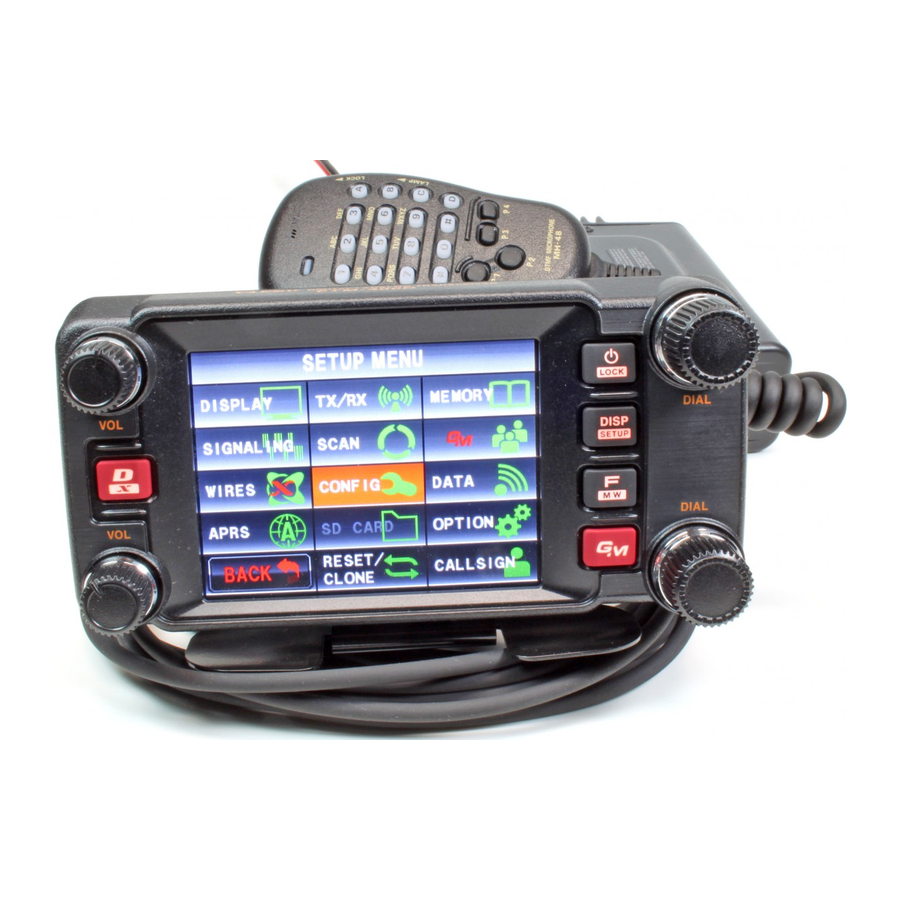
Yaesu FTM-400XDR Manuals
Manuals and User Guides for Yaesu FTM-400XDR. We have 10 Yaesu FTM-400XDR manuals available for free PDF download: Operating Manual, Instruction Manual, Firmware Update Instruction Manual, Quick Start Manual, Field Manual
Yaesu FTM-400XDR Operating Manual (219 pages)
144/430MHz 50W Dual Band C4FM FDMA/FM
Brand: Yaesu
|
Category: Transceiver
|
Size: 78 MB
Table of Contents
Advertisement
Yaesu FTM-400XDR Instruction Manual (78 pages)
Portable Digital Node Function
Brand: Yaesu
|
Category: Transceiver
|
Size: 15 MB
Table of Contents
Advertisement
Yaesu FTM-400XDR Instruction Manual (66 pages)
Portable Digital Node Function
Brand: Yaesu
|
Category: Transceiver
|
Size: 13 MB
Table of Contents
Yaesu FTM-400XDR Instruction Manual (54 pages)
144/430MHz Dual Band C4FM/FM
Brand: Yaesu
|
Category: Transceiver
|
Size: 17 MB
Table of Contents
Yaesu FTM-400XDR Instruction Manual (20 pages)
144/430MHz 50W DUAL BAND TRANSCEIVER
Brand: Yaesu
|
Category: Transceiver
|
Size: 4 MB
Table of Contents
Yaesu FTM-400XDR Operating Manual (17 pages)
144/430MHz 50W
Dual band transceiver
Brand: Yaesu
|
Category: Transceiver
|
Size: 4 MB
Table of Contents
Yaesu FTM-400XDR Firmware Update Instruction Manual (16 pages)
Brand: Yaesu
|
Category: Transceiver
|
Size: 2 MB
Table of Contents
Yaesu FTM-400XDR Quick Start Manual (2 pages)
Using WIRES-X node operations after the DG-ID function update
Brand: Yaesu
|
Category: Transceiver
|
Size: 0 MB
Advertisement
